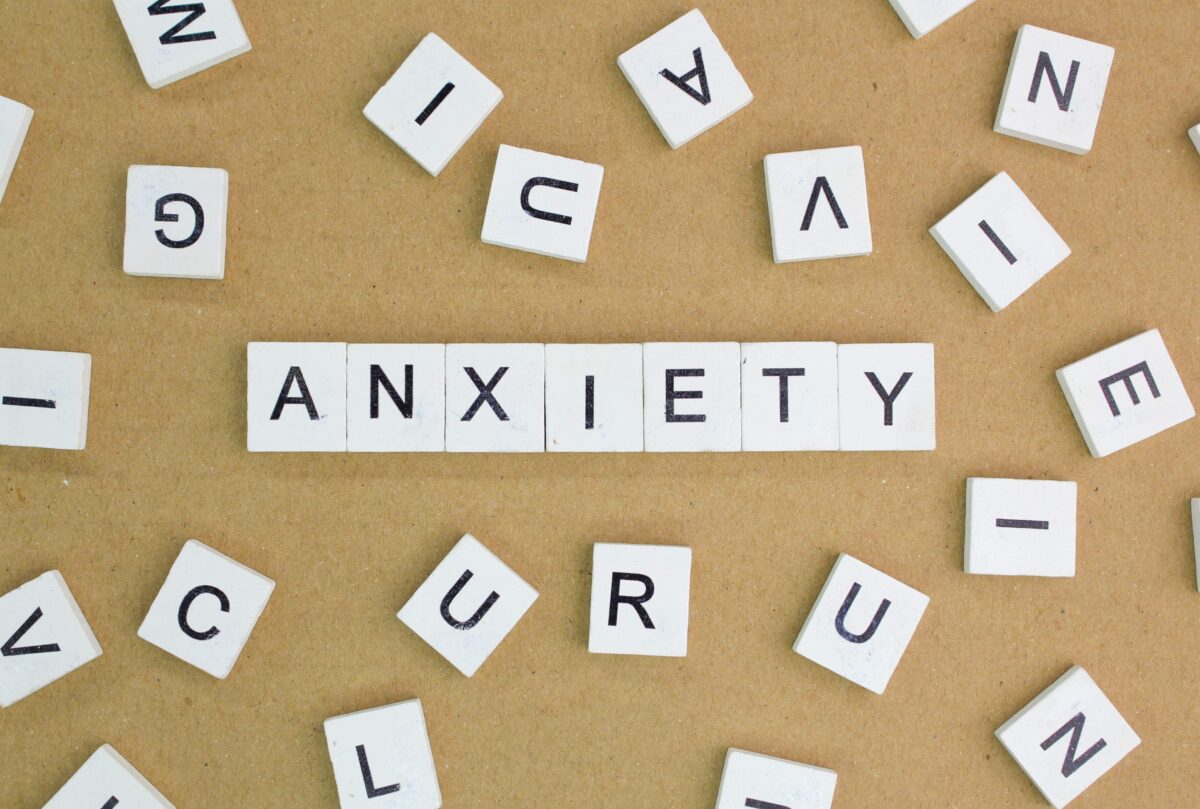The complex relationship between autism and anxiety

Recent studies indicate that up to 40% of people with autism also experience anxiety disorders, which is a substantially higher figure than in the general population. When we talk about neurodiversity, the coexistence of anxiety and autism is a prevalent and challenging reality. Our goal in this publication is to explore the manifestations of anxiety and provide tools to manage these manifestations better.
For many people on the autism spectrum, anxiety is not just an occasional concern but a pervasive aspect of their daily lives. The interaction between autism and anxiety can significantly affect a person’s overall well-being. Understanding this connection is paramount to develop effective support and intervention strategies. Anxiety in autism can stem from various sources, including heightened sensory sensitivity, difficulties in social communication, and a preference for predictable routines. When these aspects are disrupted, or when individuals are faced with situations outside their comfort zone, and all this can trigger significant anxiety. Additionally, the cognitive aspects of autism, such as intense focus on specific interests or challenges in understanding social nuances, can further exacerbate anxiety.
Recognizing Anxiety in Autism
Recognizing anxiety in people with autism is a complex task, as the traditional symptoms of anxiety may manifest differently. Autistic individuals may not express their anxiety in ways that are typically expected. For example, instead of verbalizing concerns or fears, they may show an increase in repetitive behaviors, changes in routine, or physical signs such as restlessness. It is important to understand these unique presentations to provide appropriate support. Caregivers and professionals should be attentive and sensitive to these signs, understanding that a sudden change in behavior or an increase in self-regulating actions could indicate underlying anxiety. This recognition is very important for early intervention, which can significantly improve the quality of life for autistic individuals facing anxiety.

Physical Symptoms
Physical symptoms often accompany anxiety in people with autism. These may include gastrointestinal discomfort, headaches, sleep disturbances, and changes in appetite. Additionally, there might be an increase in stimming behaviors, such as rocking or hand-flapping, which can serve as mechanisms for coping with the situation. Recognizing these physical manifestations is crucial, as they may be more easily observable than verbal expressions. Healthcare providers, caregivers, and educators should be aware of these signs, ensuring that these symptoms are not overlooked but addressed with appropriate care and interventions.
Underlying Causes
Several factors contribute to increased anxiety in autistic individuals. From difficulties processing sensory information and social and communicative challenges to lack of predictability and routine can lead to heightened anxiety. Moreover, past instances of misunderstanding, bullying, or social rejection can play a significant role in its development.
Managing Anxiety in Autism
Understanding the individual’s specific triggers and challenges is very important to develop effective coping strategies. Interventions should be tailored to the unique needs, experiences, and preferences of each person.
- Therapeutic Approaches
Cognitive-behavioral therapy (CBT) specifically adapted for autistic individuals can help identify and modify thoughts and behaviors that trigger anxiety. Mindfulness and relaxation techniques can also be effective in reducing symptoms, helping individuals focus on the present moment and developing a sense of peacefulness. Additionally, therapies focusing on developing social and communicative skills can indirectly help reduce anxiety by improving understanding and social interactions.
- Environmental Adjustments
Creating a supportive and adapted environment is another key aspect of managing anxiety in autism. This could involve structuring the environment to reduce sensory overload, providing predictable routines, or creating safe spaces where the individual can retreat when feeling overwhelmed. Simple adjustments such as using noise-canceling headphones in noisy environments, having access to quiet rooms, or using visual schedules to provide predictability can make a big difference in reducing triggers.

Embracing the Journey with Understanding and Support
For individuals on the autism spectrum and their caregivers, recognizing and addressing anxiety is not a one-time event but a continuous process. It’s a journey that involves ongoing learning, adaptation, and most importantly, constant compassion. The strategies discussed, from therapeutic approaches to environmental adjustments, are not mere interventions but steps toward a life of greater understanding and fulfillment for autistic individuals.
As we advocate for and with the neurodiverse community, it is essential to foster conversations that bring these issues to the forefront. Sharing experiences, spreading knowledge, and building supportive communities are integral parts of this journey. Through these efforts, we can contribute to a world that not only understands the challenges of autism and anxiety but is also equipped to offer meaningful support.
In conclusion, let us remember that at the heart of managing autism and anxiety lies the pursuit of a life defined not by limitations, but by possibilities and support. A life where each individual, regardless of their neurological composition, can thrive in their own unique way. Together, by continuing to learn, support, and empathize, we can make this vision a reality.
In our quest to provide comprehensive support to the neurodiverse community, we invite you to explore further and deepen your understanding. Our previous publication, Comprehensive Guide to Understanding and Managing Autism Comorbidities: From Epilepsy to ADHD, offers additional insights and strategies for navigating the complex world of autism and its comorbidities. Together, we can build a more empathetic and informed society that values and nurtures the diversity of human experience.
Frequently Asked Questions
Recent studies suggest that up to 40% of individuals with autism spectrum disorders (ASD) experience anxiety disorders. This is significantly higher compared to the general population, indicating a strong correlation between autism and anxiety.
Anxiety in people with autism can manifest differently than in the general population. Common manifestations include increased repetitive behaviors, changes in routine, physical symptoms such as restlessness or gastrointestinal issues, and intensified responses to sensory stimuli.
Yes, traditional treatments for anxiety such as cognitive-behavioral therapy (CBT) can be effective for people with autism. However, these treatments often require adaptations to accommodate the unique needs and communication styles of autistic individuals.
Anxiety is more prevalent in people with autism due to a combination of factors. These include heightened sensory sensitivity, challenges in social communication, preference for predictable routines, and differences in processing external stimuli and internal emotions.
Environmental factors play an important role in managing anxiety in autism. Adjustments such as creating predictable routines, minimizing sensory overload, and ensuring a safe and comforting space can significantly reduce anxiety triggers in autistic individuals.
Caregivers can support an autistic person experiencing anxiety by being attentive to their unique ways of expressing anxiety, creating a predictable and supportive environment, and exploring various therapeutic approaches tailored to their specific needs and preferences. It is also important for caregivers to educate themselves about autism and anxiety and seek professional guidance when necessary.
References
- “Anxiety in youth with autism spectrum disorders,” National Library of Medicine. https://www.ncbi.nlm.nih.gov/pmc/articles/PMC5764108/#:~:text=Prevalence%20studies%20in%20children&text=A%20recent%20meta%2Danalysis%20found,most%20common%20types%20%5B1%5D
- “Anxiety in Individuals with ASD: Prevalence, Phenomenology, Etiology, Assessment, and Interventions”, Comprehensive Guide to Autism. https://link.springer.com/referenceworkentry/10.1007/978-1-4614-4788-7_31
- “Sensory Sensitivity and Anxiety in Autism,” Journal of Autism and Developmental Disorders. https://link.springer.com/journal/10803


